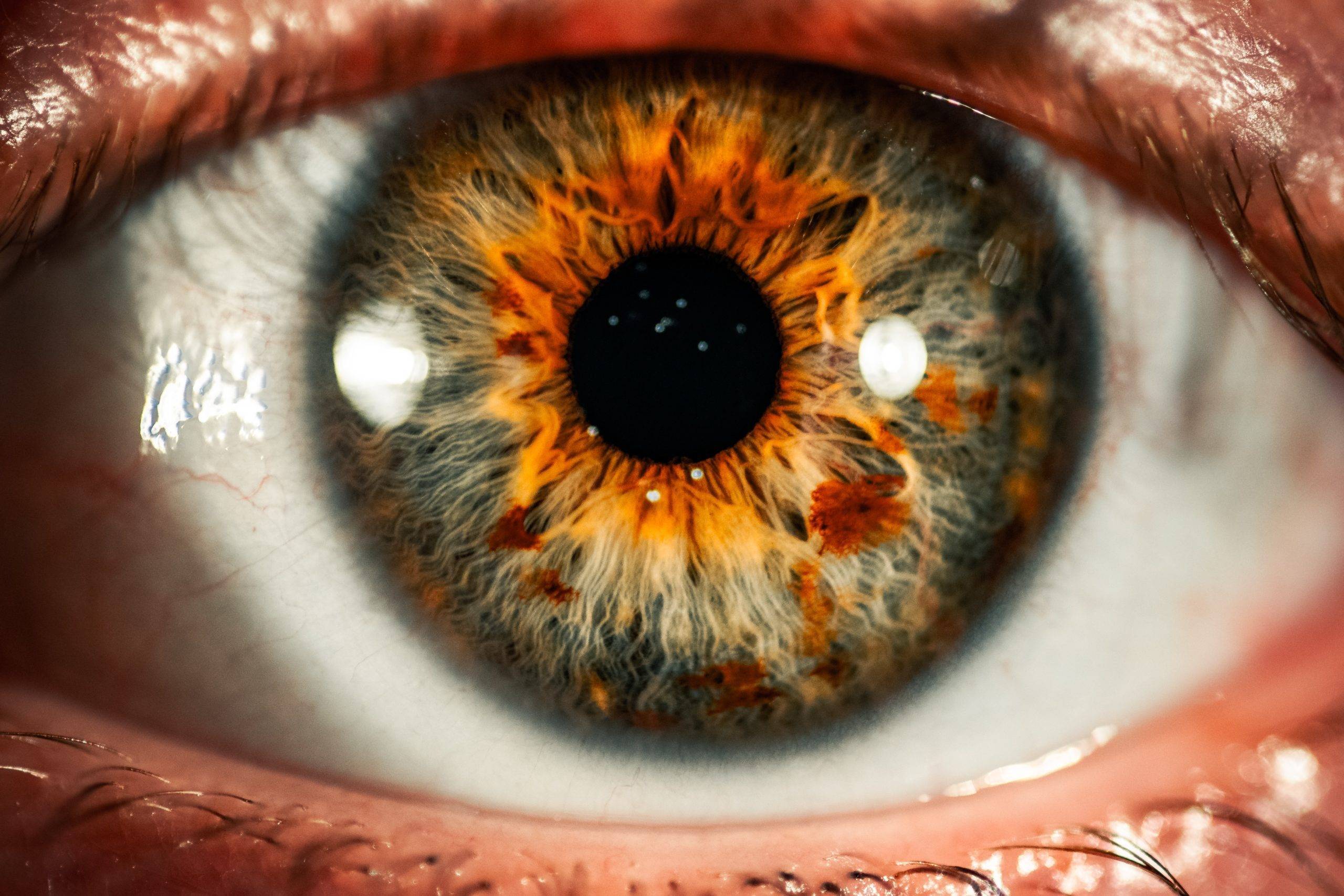Dry Eye
Oddly enough, if you are prone to excessive eye watering or tearing, you might actually have a condition called dry eye. Dry eye occurs when the eyes do not produce sufficient tears or the tears evaporate too quickly. There are two types of dry eye:
- Evaporative Dry Eye, accounting for 86% of all dry eye: caused by blockage to the eyelid glands (Meibomian glands) which leads to a shortage of oil on the surface of the tears and quicker-than-normal tear evaporation
- Aqueous Dry Eye, accounting for 14% of all dry eye: occurs when the lacrimal glands do not produce enough tears
Dry eye can also be caused by Meibomian Gland Dysfunction (MGD) where the glands in your eyelids become inflamed or clogged, preventing the oily layer of your tears from properly lubricating your eyes.

Symptoms of Dry Eye
Tears are necessary to help lubricate, protect and nourish our eyes. Without a steady flow of tears, eye irritation will result.
- Watering/tearing
- Itching
- Stinging
- Redness
- Light sensitivity
- Eye fatigue
- Blurry vision
Without proper treatment, inadequate tears can make daily activities frustrating, affecting your personal and professional life; activities like reading, watching TV, driving or working on the computer. If over-the-counter products are only providing temporary relief, it might be time to have a professional assess your eyes. At Fisher-Swale-Nicholson Eye Center, we offer Dry Eye Evaluations to determine the root cause of your symptoms so we can recommend effective treatments.

